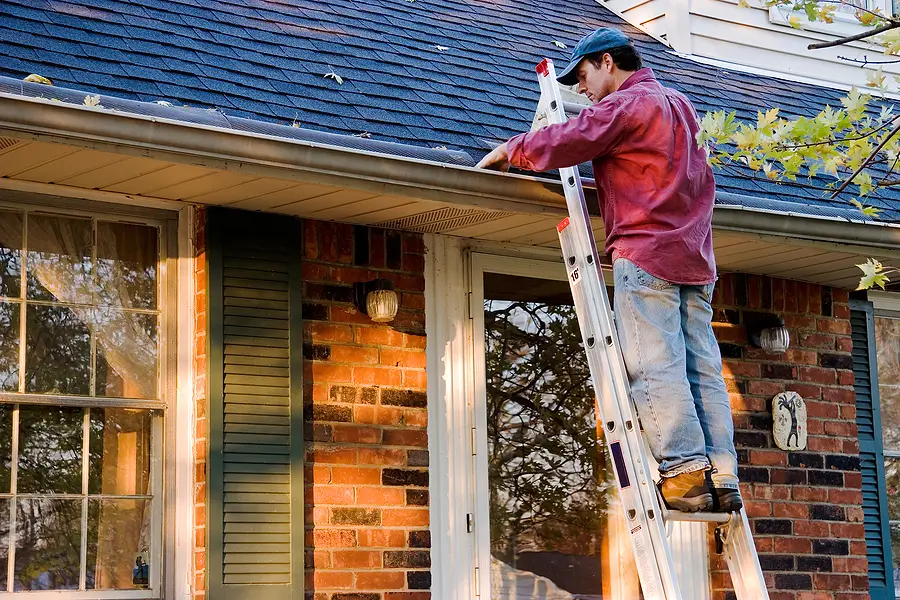Whether you're managing single-family homes, multi-family units, or commercial properties, keeping them in excellent condition is essential to maximizing their value. However, wear and tear is inevitable, especially with tenants living on the property. Understanding how to prevent excessive wear and tear and repair when it occurs can help protect your property’s long-term value and ensure tenant satisfaction.
What is Normal Wear and Tear?
Before diving into strategies for prevention and repair, it’s important to understand what constitutes normal wear in rental properties. Normal wear and tear is the gradual deterioration that naturally occurs over time as a result of regular use of the property. It’s not caused by negligence or abuse but by the regular, everyday living of tenants.
Some common examples of normal wear and tear include:
Faded paint from sunlight and time
Worn carpet or flooring from regular foot traffic
Minor scuff marks on walls
Loose door handles or fixtures
Worn-out seals around windows and doors due to normal weather exposure
As a property owner, it's crucial to recognize that normal wear and tear can be expected, but tenant damage caused by neglect or improper care is a different story. This is where proactive property maintenance comes into play.
Preventing Wear and Tear on Your Rental Property
While some wear and tear is unavoidable, there are steps you can take to minimize its impact and prolong the life of your rental unit.
Here are some key strategies to prevent excessive wear and tear:
1. Choose Durable Materials
One of the best ways to reduce the impact of wear and tear is to use durable materials in your rental property. While these materials may cost more upfront, they’ll save you money in the long run because they are built to withstand the wear and tear caused by tenants.
Floors: Opt for hard flooring, such as hardwood, tile, or laminate, instead of carpet, which can stain and wear out more easily.
Paint: Use high-quality, washable paints that can withstand scuffing and can easily be touched up between tenants.
Fixtures: Invest in sturdy, high-quality fixtures for bathrooms, kitchens, and throughout the property. These can stand up to the daily use of tenants and minimize the need for frequent replacements.
By choosing durable materials, you ensure your rental property can withstand the test of time and tenant living.
2. Regular Property Inspections
A crucial aspect of property management is conducting regular property inspections. Not only do inspections help you spot any signs of wear and tear early, but they also give you a chance to address small problems before they become more significant and costly repairs. You should inspect your rental property at least once a year, and more frequently if possible, especially between tenants.
During these inspections, look for:
Signs of water damage (leaks, mold, or dampness)
Cracks in walls, ceilings, or floors
Worn-out appliances or fixtures
Safety issues such as faulty wiring or broken handrails
By addressing issues early, you can prevent them from worsening, saving you from expensive repair costs down the road.
3. Routine Maintenance
Routine maintenance is important in preserving the condition of your rental property. Staying on top of small tasks prevents larger issues from emerging and helps extend the life of your property.
Some examples of routine maintenance include:
Changing air filters every few months to keep the HVAC system running efficiently
Cleaning gutters to avoid water damage to the roof and foundation
Checking plumbing and electrical systems regularly to ensure they’re functioning properly
4. Encourage Proper Tenant Care
Clear communication with tenants is essential when it comes to maintaining your rental property. Make sure your lease agreement outlines expectations for care and upkeep, and encourage tenants to report issues as soon as they arise.
You can also:
Provide clear guidelines for maintaining the property (e.g., no smoking indoors, cleaning up spills immediately, keeping windows closed in extreme weather)
Offer a maintenance request system that makes it easy for tenants to report problems like leaks or broken appliances
Offer incentives for tenants to take care of the property, such as small discounts for paying rent on time or renewing their lease
Tenants who feel responsible for their living space are more likely to take care of it, reducing the need for repairs caused by neglect.
Repairing Wear and Tear on Your Rental Property
No matter how well you maintain your property, wear and tear will eventually happen. When it does, here are some essential tips for repairing damage and keeping your rental property in top condition.
1. Schedule Prompt Repairs
Once property damage occurs, it’s essential to address the problem promptly. Minor issues, like small cracks or stains, can quickly escalate into larger, more costly repairs if ignored. By repairing damage as soon as it happens, you not only maintain the property’s condition but also ensure tenant safety and satisfaction.
Regular repairs could include:
Fixing leaks in the roof, plumbing, or appliances
Replacing or patching drywall to address scuffs, dents, or holes
Repainting walls to cover scuff marks or fading paint
Refinishing floors that have become worn out due to tenant living
2. Work with Reliable Contractors
Having a list of reliable contractors is essential for getting quick repairs done at competitive prices. Whether you need plumbing work, electrical repairs, or just general maintenance, it’s helpful to work with professionals who can provide quality work and ensure the longevity of your property.
3. Keep Detailed Records of Repairs
Keeping detailed records of repairs made to your property is essential for managing wear and tear. These records can help you track what was repaired, when it was fixed, and how much it cost. This documentation not only helps you manage your investment but also provides a reference if tenants have concerns about repairs or if you need to make a claim with insurance.
4. Regularly Update Appliances and Systems
As your property ages, it’s crucial to keep appliances, HVAC systems, and plumbing up to date. Replacing old or inefficient systems can prevent breakdowns and reduce the strain on your property.
For example:
Upgrading older appliances can make your property more attractive to tenants while reducing maintenance costs
Upgrading heating and cooling systems can make the property more energy-efficient, which is appealing to tenants and helps preserve the property
By keeping systems updated, you’re not only improving your property’s value but also reducing the chances of emergency repairs.
Handling Tenant’s Security Deposit
In some cases, tenant damage goes beyond normal wear and tear. In these instances, you may need to use the tenant's security deposit to cover repair costs. It’s essential to have a clear understanding of what is and isn’t covered by the security deposit.
When a tenant moves, it’s important to inspect the property thoroughly to document any damage that isn’t considered normal wear. If the tenant is responsible for significant property damage, you may need to deduct the repair costs from their security deposit.
To avoid security deposit disputes, make sure your lease agreement is clear on the condition of the property and the expectations for tenants when they move out. This will help you defend your decision if there are disputes over the tenant's security deposit.
Veno Properties is here to assist you if you need help managing your rental property in the Capital Region. Our experienced property managers offer comprehensive services to keep your property in top shape, handling everything from maintenance to tenant relations. Contact Veno Properties today!


